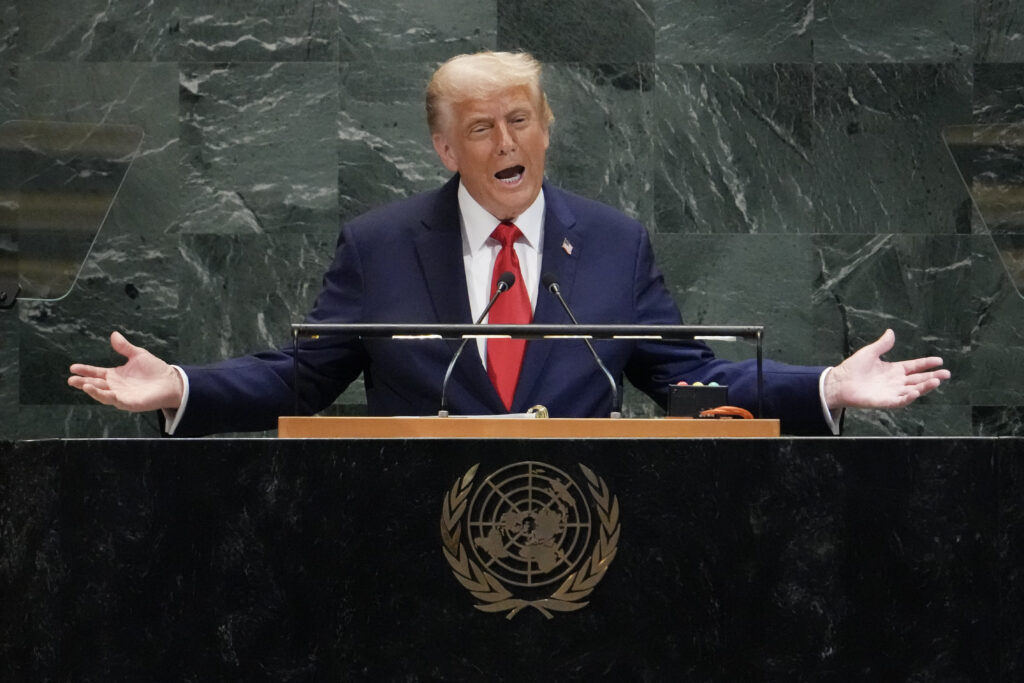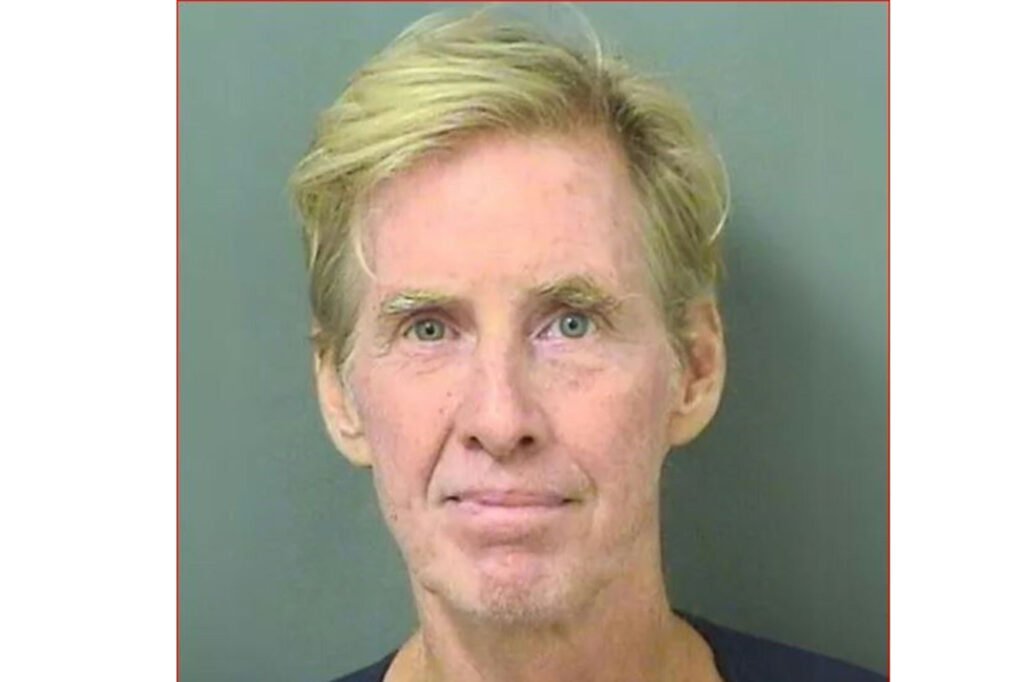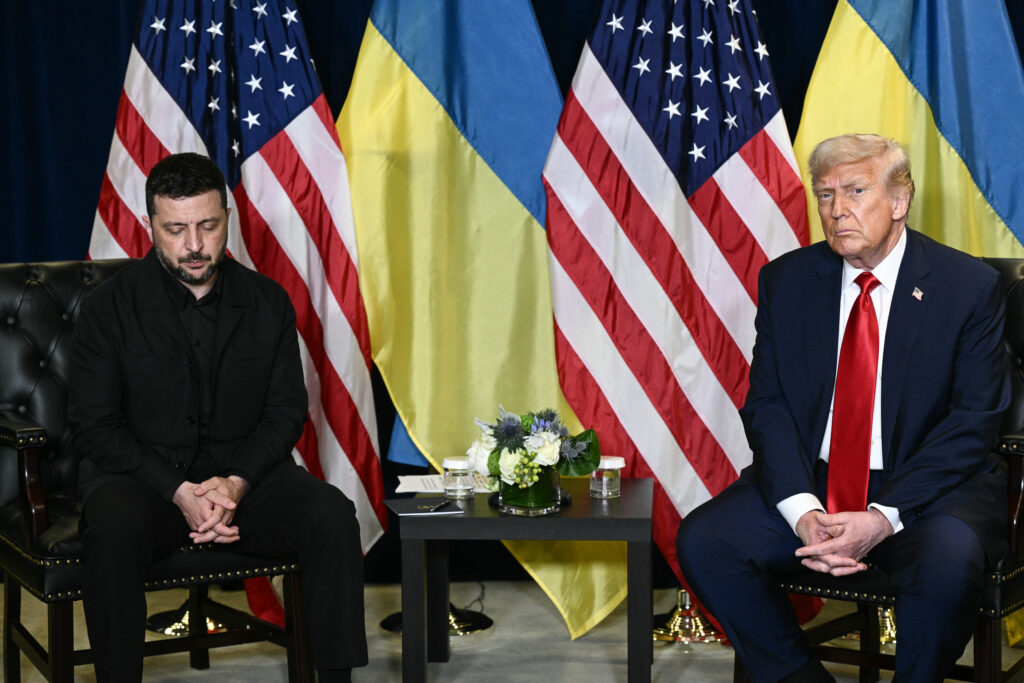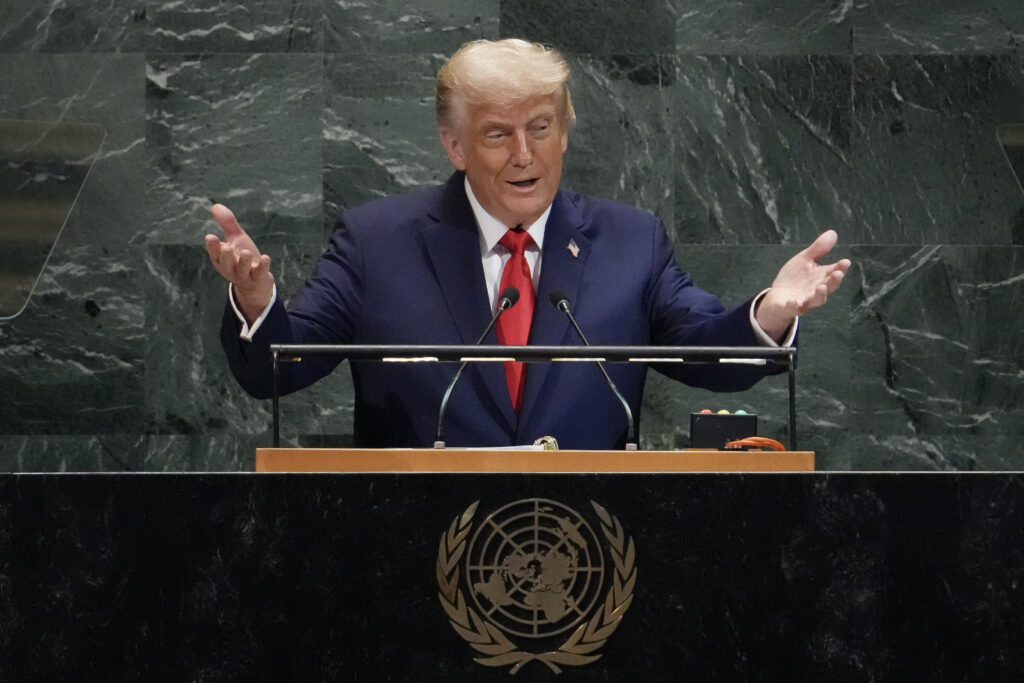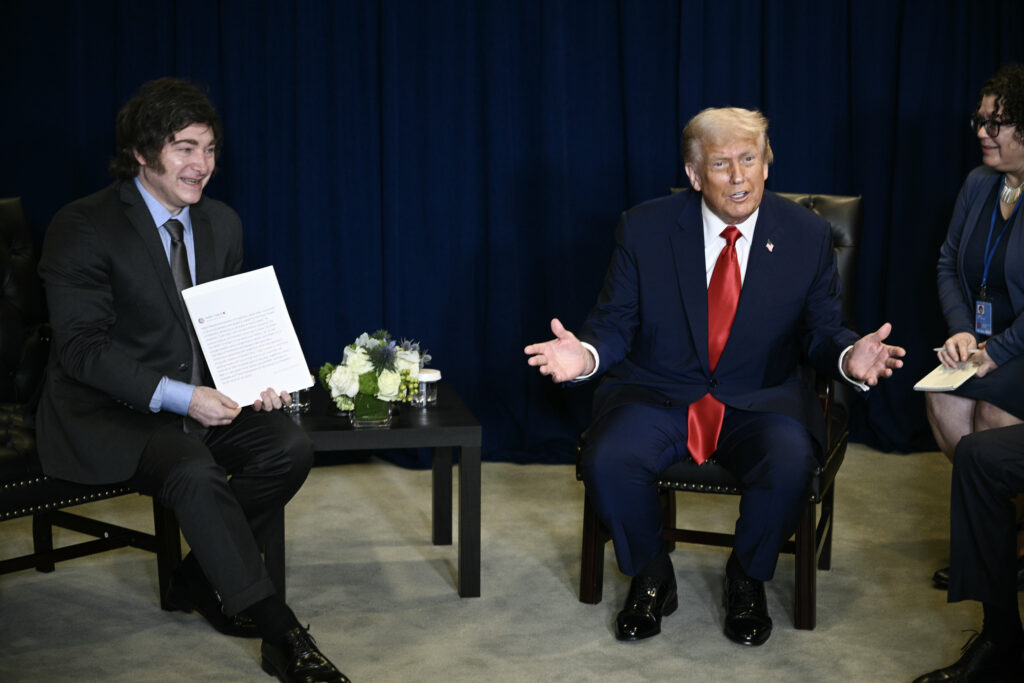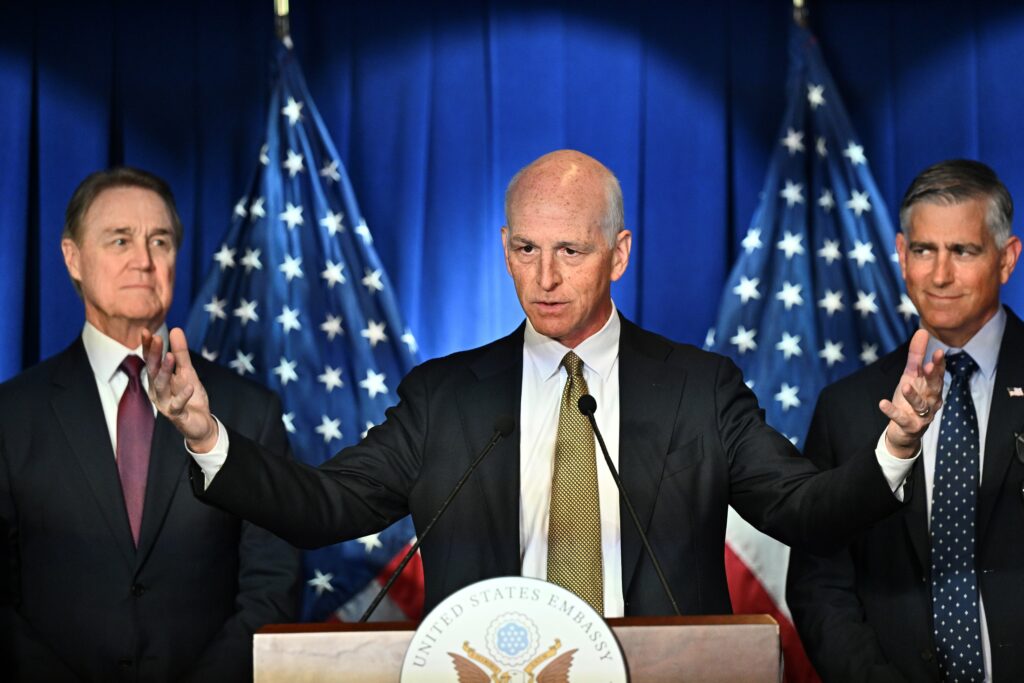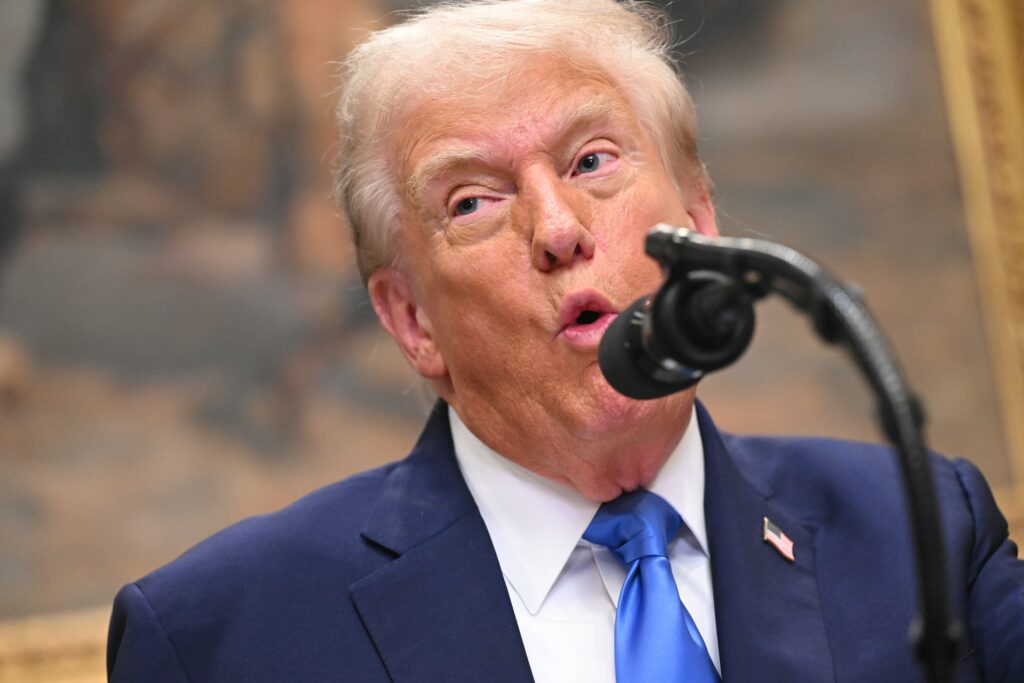‘You’re going to hell’: Trump attacks UN and Europe in scathing speech
US President Donald Trump blasted the United Nations and Europe on his return to the world body Tuesday, warning that migration is sending Western nations “to hell” and dismissing climate change as a “con job.”In a blistering speech during his first UN General Assembly appearance since his White House comeback, Trump also accused the world body of failing to help him as he tried to broker peace deals including in Gaza and Ukraine.”What is the purpose of the United Nations?” asked Trump in a wide-ranging speech lasting nearly an hour. “It has such tremendous potential, but it’s not even coming close to living up to that.”Trump’s first speech to the UN back in 2018 saw fellow leaders laughing at the Republican, but this time his full-frontal attack on the global organization and US allies was received in near total silence.The 79-year-old’s litany of complaints even extended to a broken escalator and teleprompter at the New York headquarters of the UN.After the speech, he met with Ukraine’s wartime leader Volodymyr Zelensky and caused surprise by announcing a short while later that he now thought Kyiv could regain all its territory invaded by Russia — a complete shift from his previous statements.- ‘Going to hell’ -Trump’s fieriest words of the speech were on migration, as he advised the world to follow his lead on one of the core political messages that drove his two US election victories.Trump lambasted the UN for “funding an assault” on Western nations that he described as an “invasion,” before turning his fire on his supposed allies in Europe.”Your countries are going to hell,” he told European leaders. Trump also criticized the UN for failing to get involved in what he claims are seven wars that he has ended, or in his failed attempts to end Russia’s invasion of Ukraine and Israel’s war in Gaza.”All they seem to do is write a really strongly worded letter,” he said. “It’s empty words, and empty words don’t solve war.”But the US leader later dramatically escalated his rhetoric on Ukraine, saying that NATO nations should shoot down Russian planes violating their territory.And after talks with Zelensky on the sidelines of the summit, he posted on Truth Social that he thinks “Ukraine, with the support of the European Union, is in a position to fight and WIN all of Ukraine back in its original form.”- ‘Con job’ -On Gaza, a subject that has dominated the UN summit, Trump called recognition of a Palestinian state by US allies including France and Britain a “reward” to Hamas for “horrible atrocities ” in the armed group’s October 7, 2023 attack on Israel.French President Emmanuel Macron said on Tuesday, however, that Trump could only achieve his long-held goal of a Nobel Peace Prize if he stopped the Gaza war.The US president meanwhile took a typically strident stance on climate change too, saying he was “right about everything” as he pushes for oil drilling and the rolling back of green policies.”Climate change — it’s the greatest con job ever perpetrated on the world,” said the billionaire property tycoon. Trump’s second term has opened with a blaze of nationalist policies curbing cooperation with the rest of the world.He has moved to pull the United States out of the World Health Organization and the UN climate pact, severely curtailed US development assistance and wielded sanctions against foreign judges over rulings he sees as violating US sovereignty.Opening the annual summit, UN Secretary-General Antonio Guterres warned that aid cuts led by the United States were “wreaking havoc” in the world.After meeting Guterres, Trump appeared to call for a change in leadership, telling reporters: “The UN could be unbelievable with certain people running it.”Trump’s other meetings included his Argentinian counterpart and close ally Javier Milei, with the US president saying he did not believe the struggling South American country needed a bailout. Security was tight for the summit, with New York’s UN district swarming with heavily armed police.The US Secret Service said they had disrupted a plot to potentially disrupt telecommunications around the UN that involved “nation-state threat actors.”
